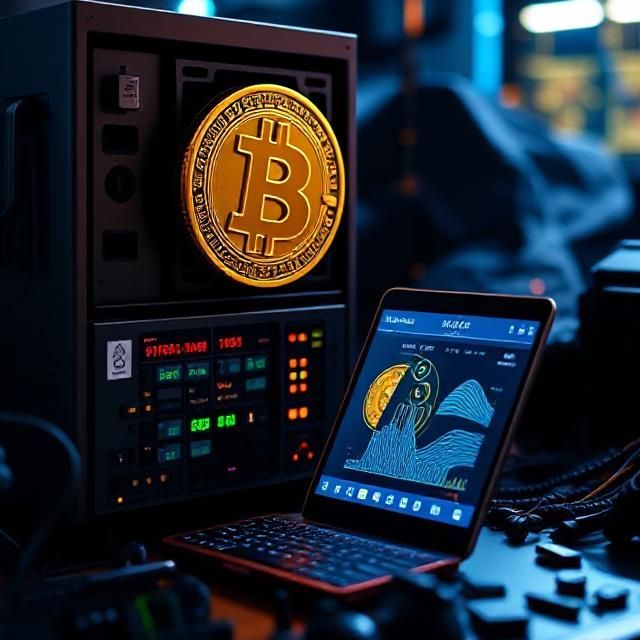The Beginner’s Guide to Tether
Few other cryptocurrencies have attracted the same level of controversy as Tether did in the past two years.
The stablecoin that facilitates fiat money transfers without the need for currency regulation has come under accusations of misconduct.
However, crypto industry experts still rate it highly ( 4 th most valuable cryptocurrency ), and consider the allegations nothing more than bad rumors to create FUD (fear, uncertainty, doubt) movement.
Tether works on the Omni platform and on top of Bitcoin and Ethereum blockchains where it reduces transaction times and fees to make money transfers faster and more convenient for all parts involved.
Tether in a Nutshell
- The first Tether tokens were released in 2014 on the Bitcoin blockchain
- Tether is a centralized, commissioned, and trust-dependent stablecoin
- Tether is pegged to the U.S. Dollar (USDT) and the Euro (EURT)
- Tether plans to expand its use to the Japanese Yen and the GBP
- Tether value is immune to cryptocurrency volatility
- Tether value can only fluctuate as much as the fiat currency that it is pegged to does
- Tether works on the Omni Layer on the Bitcoin blockchain
- Tether is available as an ERC-20 token on Ethereum
What is Tether?
Tether (₮) is a centralized digital asset pegged to fiat currencies. It is a crypto that uses blockchain technology in similar ways that other cryptocurrencies do, but it maintains a stable value in direct correspondence with the value of real-life money, hence its “ stablecoin ” title.
Tether started as a fiat equivalent for USD in 2017 and earned its abbreviation as USDT. It went on to do the same for EUR (as EURT), and ongoing efforts aim to soon peg it to the Japanese Yen, as JYPT.
Right now , there are four distinct Tether tokens:
- One pegged to US dollar on Bitcoin’s Omni Layer
- One pegged to Euro on Bitcoin’s Omni Layer
- One pegged to US dollar as an ERC-20 token on Ethereum
- One pegged to Euro as an ERC-20 token on Ethereum
A live beta deployment on Litecoin is also in tests with plans to launch Tether as an ERC-20 token on this blockchain as well.
One Tether (₮) unit was always meant to have a value of $1. Its value has always been around that mark, descending as most as $0.88 and reaching $1.05 at its peak. At the time of writing , one Tether was worth 1.01 U.S. dollars.
A brief history of Tether
Tether was born on 6 October 2014 from Realcoin – an initial project from Brock Pierce, Reeve Collins, and Craig Sellars to create a utility token on top of the Bitcoin blockchain. According to the whitepaper , this token would facilitate quick cross-border transfers in fiat money while maintaining a stable value to its pegged currency.
Tether was developed using the Omni Layer protocol – an open-source program that acts as layer software built on Bitcoin, and which allows the Tether community to track and validate the transfer of tokens.
The first online exchange to approve the use of Tether was Bitfinex from Hong Kong, in 2015. For a brief period, between 2015 and 2017, Taiwanese banks used Tether to transfer U.S. dollars internationally.
When a lawsuit with the Wells Fargo Bank in the United States blocked this process, Tether started developing ways to move to other blockchains besides Bitcoin.
At that point, the company started adjusting the token to the necessities of ledgers like Ethereum and Litecoin. Additionally, it restricted US customers and stopped providing markets denominated in the U.S. dollar.
In an ongoing court case against digital exchange Bitfinex and Tether, the New York Attorney General Letitia James accused Tether Limited and iFinex Inc. (Bitfinex operator) of hiding up to $850 million in Tether coins during times of high volatility.
According to press reports , in their response to the U.S. court, Tether revealed that the present cash and cash reserves summing up to $2.1 billion only amount to 74% of the current outstanding tethers. It means that the stablecoin is not completely pegged to the U.S. dollar and that one Tether unity is worth just 0.74 cents.
At the time of writing , Bitfinex and Tether had won a motion in the appellate division of the New York Supreme Court that maintained their rights not to disclose further paperwork. The case goes on with a major advantage for Tether and Co. who are now looking to address the side effects that this affair had on the popularity and credibility of their digital assets.
How Tether Works
Tether Limited backs up every Tether token that is the subject of a transaction on the ledger through its reserves. The Hong Kong-based company acts as a 3rd party in all trades on the blockchain and a custodian of the digital assets that they involve.
The entire process takes place through the Tether Technology Stack that includes 3 layers:
- The Bitcoin Blockchain
The Tether ledger is built on the Bitcoin blockchain through the Omni consensus system.
- The Omni Layer Protocol
Omni technology enables the creation and destruction of Tether tokens as well as the monitoring of their circulation. Additionally, it allows users to trade and store them in secure environments like the Omni Wallet or cold-storage systems.
- The Tether Limited Layer
This layer supports the Tether Limited entity that enables the exchange between fiat currencies and Tether tokens. It is also responsible for managing integrations with Bitcoin wallets and for operating Tether.to, which is a web wallet for sending, receiving and storing Tether.
This flowchart from the Tether whitepaper reveals how Tether works:
The lifecycle of a Tether follows the Flow of Funds process, which divides into 5 steps:
Tether uses a Proof of Reserves system to confirm that the entire number of tokens in circulation is backed up by an equal amount of fiat currency. The fiat assets are the reserves held by Tether Limited who guarantee the consistent parity between one USDT and one USD.
Tether Limited offers Proof of Reserves through the regular publishing of their bank balance reports and undergoing periodic audits by professionals.
Each Tether released on the ledger via the Omni Layer protocol also exists on the Bitcoin blockchain. It means that it can be tracked via its transactional history and audited publicly.
Users that trade or redeem Tether tokens do so through the bank account of Tether Limited, which uses fiat currency to complete transactions. Again, this proof of ongoing trades is public and accessible by the users.
Tether also provides a Transparency Page where users can view the information that regards their transactions on the ledger.
Tether Applications
Tether is a stablecoin on the Omni protocol, which is a platform for a significant number of digital assets all anchored on blockchains like the ones used by Bitcoin and Ethereum.
Each Tether token is a digital replicate of one unit of fiat currency, so, 1USDT = $1. However, for this parity to exist, the exchange that makes the trade must have a reserve of U.S. dollars to back the transaction.
Centralized companies release stablecoins as pegged digital assets to fiat currencies and use them to complete money transfers quickly and at a much lower cost than through traditional banking transactions.
Crypto exchanges can also use stablecoins like Tether to create currency pairs and trade fiat money without necessarily accepting fiat in the first place. A BTC-USDT pair can simulate a BTC-USD trade without using USD since the value of Tether is pegged to the real-life currency.
Tether suits traders and investors on the cryptocurrency market that want an alternative to the lengthy and costly transactions in fiat currencies.
Tether uses something called Proof of Reserves – the process through which it validates the backing up of every unit of USDT with its value in real-life USD.
According to the Tether Whitepaper , t he system is fully reserved when the sum of all tethers inexistence (at any point in time) is exactly equal to the balance of USD held in our reserve.
How to buy and own Tether
The first place that you might want to buy Tether from its mothership, Tether Limited . Here, you can submit U.S. dollars in exchange for USDT tokens at a 1:1 parity. All that you need is a wallet compatible with this stablecoin where you will receive the equivalent of your purchase in Tether.
You can also buy Tether by trading other cryptocurrencies on crypto markets. Your best choices include:
Some of the most popular online exchanges for buying Tether are:
Where to store Tether
Like it is the case for many other cryptos, you can choose to store your Tether tokens in a variety of wallets that range from hot to cold. Here are some handy solutions:
Hardware wallets
Also known as cold storage for cryptocurrency, hardware wallets are memory sticks that have been developed to keep your digital assets secure. Unless someone gets hold of your login details (pin and password) and physically accesses it, your cryptos should be perfectly safe.
You may store your Tether on hardware wallets like:
Software wallets
Online platforms that support the Omni Layer can be reasonably safe storing solutions for your Tether. Most of them come with user-friendly interfaces and are available for iOS or Android-running smartphones, too, so you can check on your tokens wherever you go.
A few popular software wallets for storing Tether include:
The advantages of using Tether
- Tether is pegged to fiat currencies, so it is anchored to their real-life value
- So far, Tether has had a stable course to fiat currencies
- Every Tether is 100% backed by Tether Limited and affiliated entities
- Tether transaction times take only a few minutes to complete
- Tether has a zero-fees policy for deposits and withdrawals using this token
- The value of Tether reserves is published daily for complete transparency
- Tether enjoys the same level of security as the blockchain that is built on
- Digital-to-fiat currency through Tether is widely used today by big-name exchanges
The risks of investing in Tether
- The recent case against Bitfinex and Tether Limited have raised suspicions about possible market manipulations
- It is uncertain if Tether is the subject of a FUD campaign or if the company hides information about its ability to ensure enough reserves to cover the entire amount of currently available Tether coins at a 1:1 parity with U.S. dollars
Featured image courtesy of Shutterstock.
The post The Beginner’s Guide to Tether appeared first on Crypto Adventure.






